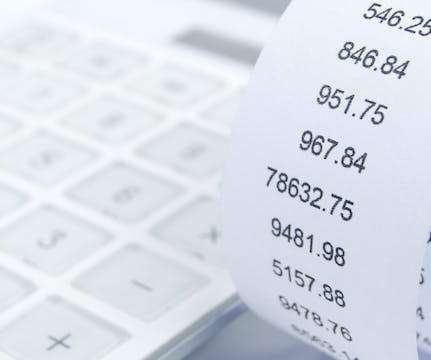How Data Drives Strategies for Improved Student Outcomes
ED Surge
APRIL 10, 2024
Data-driven decisions are increasingly recognized as a critical component of K-12 education, enhancing personalized learning, improving assessment and feedback, optimizing resource allocation and fostering early intervention. The balance between quantitative and qualitative data is essential.












Let's personalize your content